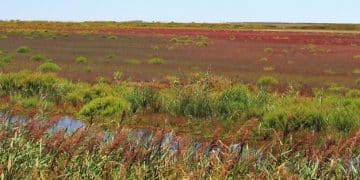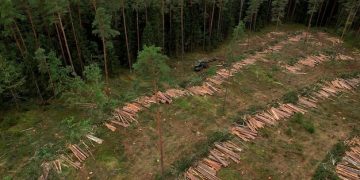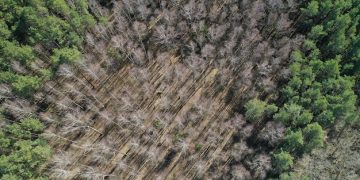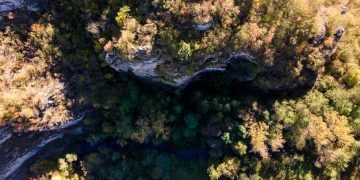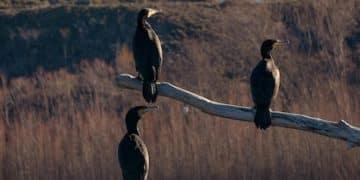Wildlife Crime: A Step-by-Step Guide for US Citizens
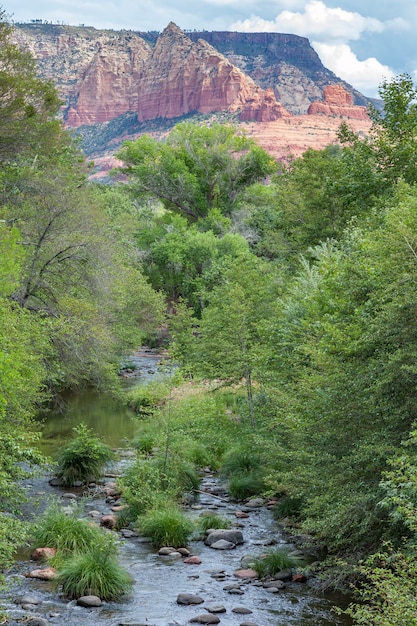
Wildlife crime in the US encompasses various illegal activities impacting native species and ecosystems; knowing how to identify and report these crimes is vital for conservation efforts.
How to Identify and Report Wildlife Crime: A Step-by-Step Guide for US Citizens. Protecting our nation’s wildlife is a shared responsibility, and understanding how to recognize and report suspicious activities is crucial for preserving biodiversity and maintaining healthy ecosystems.
Understanding Wildlife Crime in the US
Wildlife crime in the United States takes many forms, impacting a wide range of species and habitats. It is essential to grasp the scope and nature of these illegal activities to effectively combat them and protect our natural resources.
This section will delve into the different categories of wildlife crime, highlighting the devastating effects they have on both the environment and the economy.
Types of Wildlife Crime
Understanding different categories of wildlife crime is crucial for effective identification and reporting. These crimes can range from poaching to illegal trading and habitat destruction.
- Poaching: Illegal hunting or capturing of animals, often for profit.
- Illegal Trafficking: Buying, selling, or transporting protected species or their parts.
- Habitat Destruction: Damaging or destroying natural habitats through illegal logging or construction.
- Pollution: Contaminating natural areas with pollutants that harm wildlife.
By recognizing these different types of crimes, citizens can be more vigilant and report suspicious activities to the appropriate authorities.
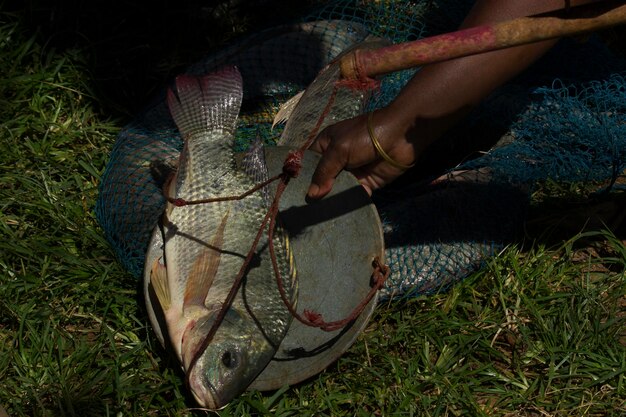
Identifying Potential Wildlife Crime
Recognizing the signs of potential wildlife crime is the first step in protecting our natural resources. Knowing what to look for and where to look can increase the chances of uncovering illegal activity.
This section provides details on specific indicators of wildlife crime and the importance of staying informed.
Signs of Illegal Activity
Paying attention to unusual or suspicious activities in natural areas can help in identifying potential wildlife crimes. Here are some common signs to watch for:
- Unusual Animal Behavior: Animals acting strangely, appearing injured, or being found in areas they don’t typically inhabit.
- Suspicious Vehicles: Vehicles parked in remote areas with hunting or trapping equipment.
- Illegal Traps or Snares: Traps or snares set up in areas where they are not permitted.
- Unexplained Carcasses: Dead animals found without clear cause of death, especially if they are protected species.
Remaining observant and reporting any abnormalities can contribute significantly to wildlife protection efforts.
Step-by-Step Guide to Reporting Wildlife Crime
Reporting wildlife crime promptly and accurately is essential for effective law enforcement action. Knowing the proper procedures ensures that the authorities have the necessary information to investigate and prosecute offenders.
This section outlines the steps to take when reporting wildlife crime, emphasizing the importance of thoroughness and accuracy.
Steps to Report a Crime
Following these steps helps ensure that reports are effective and can lead to successful investigations. Each step provides specific guidance to maximize the impact of the report.
- Gather Information: Collect as much detail as possible, including dates, times, locations, descriptions of individuals and vehicles, and any visible signs of the crime.
- Contact Authorities: Report the incident to the appropriate agencies, such as the US Fish and Wildlife Service, state fish and wildlife agencies, or local law enforcement.
- Provide Clear Details: Clearly and concisely describe the incident, providing all the information gathered without speculation or exaggeration.
- Remain Anonymous (If Needed): If you fear for your safety, you can often report the crime anonymously through tip lines or online reporting systems.
By following these steps meticulously, you can provide authorities with the tools they need to address wildlife crime effectively.
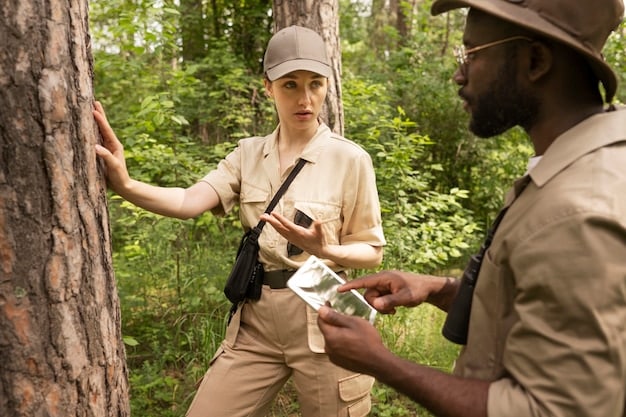
Working with Law Enforcement Agencies
Collaborating with law enforcement agencies is vital in the fight against wildlife crime. Understanding their roles and how to assist them can enhance the effectiveness of investigations and prosecutions.
This section explains how to cooperate with law enforcement agencies and the significance of community partnerships.
How to Assist Law Enforcement
Cooperation with law enforcement agencies can take many forms and is crucial for their success in combating wildlife crime.
- Providing Accurate Information: Ensure all information provided is accurate and truthful to avoid misleading investigations.
- Being Available for Follow-Up: Be willing to answer additional questions or provide further details as needed.
- Protecting Evidence: Avoid disturbing the scene of the crime to preserve potential evidence for investigators.
By actively supporting law enforcement efforts, citizens play a pivotal role in safeguarding wildlife and natural habitats.
The Role of Technology in Reporting
Technology plays an increasingly important role in identifying and reporting wildlife crime. Modern tools and platforms enable more efficient and effective reporting mechanisms.
This section explores how various technologies can aid in wildlife crime reporting and enhance conservation efforts.
Using Digital Tools
The availability of various digital tools and platforms can greatly assist citizens in reporting wildlife crime effectively. Some examples include:
- Mobile Apps: Wildlife reporting apps allow users to submit reports directly from their smartphones, often including GPS coordinates and photos.
- Online Reporting Portals: Many agencies provide online portals for submitting detailed reports with supporting documentation.
- Social Media: Social media platforms can be used to share information and raise awareness, but should not be used as the primary means of reporting crime—always contact the authorities directly.
Leveraging these technological resources empowers individuals to contribute to wildlife protection in meaningful ways.
Preventative Measures and Community Involvement
Preventing wildlife crime requires proactive measures and strong community engagement. Educating the public and fostering a sense of responsibility are essential for long-term conservation success.
This section discusses preventative actions and the importance of community involvement in protecting wildlife.
Community Participation
Engaging the community in wildlife conservation efforts can create a network of vigilance and support that deters illegal activities.
- Education Programs: Participating in or supporting educational programs that raise awareness about wildlife crime and conservation.
- Volunteer Opportunities: Engaging in volunteer activities such as habitat restoration, wildlife monitoring, or trail maintenance.
- Neighborhood Watch Programs: Establishing neighborhood watch programs focused on protecting local wildlife and natural areas.
Community-driven initiatives can significantly contribute to preventing wildlife crime and fostering a culture of conservation.
Legal Consequences for Wildlife Crimes
Understanding the legal consequences for wildlife crimes is essential for deterring illegal activities and ensuring that offenders are held accountable. Penalties can vary significantly depending on the severity and nature of the crime.
This section provides an overview of the legal ramifications associated with wildlife crime and the importance of enforcing these laws.
Penalties and Fines
The legal consequences for wildlife crimes in the United States can be substantial, ranging from fines to imprisonment. Here are some examples:
- Fines: Monetary penalties can range from a few hundred dollars to tens of thousands of dollars, depending on the offense.
- Imprisonment: In severe cases, offenders may face jail time, especially for repeat offenses or crimes involving endangered species.
- Seizure of Property: Equipment used in the crime, such as vehicles, firearms, and traps, may be seized by law enforcement.
Enforcing these penalties helps to deter wildlife crime and sends a clear message that such activities will not be tolerated.
| Key Point | Brief Description |
|---|---|
| 🔍 Identifying Crimes | Recognize signs like unusual animal behavior and illegal traps. |
| 📞 Reporting Steps | Gather details, contact authorities, and provide clear information. |
| 🤝 Assisting Agencies | Offer accurate data and protect the crime scene. |
| 📱Tech Tools | Use apps and online portals for efficient reporting. |
Frequently Asked Questions
▼
Wildlife crime includes any illegal activity that involves wild animals or plants, such as poaching, illegal trade, habitat destruction, and pollution. It’s a broad term encompassing actions that harm or exploit wildlife against established laws.
▼
You should contact the US Fish and Wildlife Service, your state’s fish and wildlife agency, or local law enforcement. These agencies are equipped to handle reports of wildlife crime and conduct necessary investigations.
▼
Many agencies allow anonymous reporting through tip lines or online portals. When reporting, ask about the option for anonymity to ensure your personal information is protected. Some programs even offer rewards for tips leading to arrests.
▼
Include as many details as possible: the date, time, and specific location of the incident, descriptions of individuals involved, vehicle information, the type of wildlife affected, and any evidence of the crime, such as traps or snares.
▼
If you find an injured animal, do not approach or handle it. Contact your local animal control, a licensed wildlife rehabilitator, or your state’s fish and wildlife agency to ensure the animal receives appropriate care without causing harm or stress.
Conclusion
Being vigilant, informed, and proactive are crucial steps in combating wildlife crime. By understanding how to identify and report these crimes, US citizens can play a pivotal role in protecting our nation’s invaluable wildlife resources and natural habitats.
